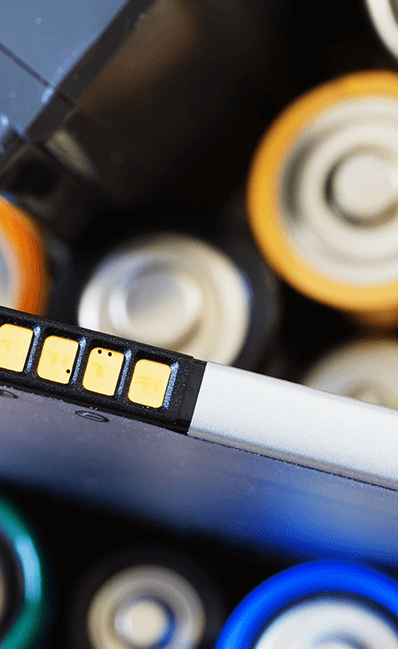
- Ores (pegmatites and hectorite clays)
- Brines (geothermal and continental)
- Waste (Jadarite tailings, off-specs cathode material)
(sources Wikipedia & IEA, Global Supply Chains of EV Batteries, p.)
Li carbonate (Li2CO3) is produced from Li brine and mainly used for LCO, LMO and to produce LiOH.H2O as a precursor for compounds used in lithium-ion batteries.
SQM official webpage with current production processes of lithium carbonate and hydroxide
Li hydroxide monohydrate (LiOH.H2O)), usually produced from hard-rock spodumene, is mainly consumed in the production of cathode materials for lithium ion batteries such as lithium cobalt oxide (LiCoO2) and lithium iron phosphate. It is preferred over lithium carbonate.
The typical refining processes involve heavy industrial processes based on heat or chemical treatment (typically pyrometallurgy and/or hydrometallurgy) to refine the raw ore into the usual required chemicals, lithium carbonate or hydroxide, or cobalt and nickel sulphate.
Spodumene is a pyroxene mineral that is typically found in lithium-rich pegmatites. It is usually associated with other lithium minerals such as lepidolite, eucryptite, and petalite[1]. Spodumene has a theoretical Li2O content of 8.03%. Due to its high lithium content, spodumene is considered the most important lithium ore mineral[2].
[1] https://geology.com/minerals/spodumene.shtml
[2] Hard Rock lithium processing
Lithium brine deposits are accumulations of saline groundwater that are enriched in dissolved lithium[1]. They are typically located in the high elevation areas of Bolivia, Argentina and Chile in South America with Chile being the largest producer. Brine deposits often contain large quantities of other useful elements such as sodium, potassium, magnesium and boron which offsets some of the cost of pumping and processing brine (source: IEA, Global Supply Chains of EV Batteries, p. 21).
[1] A Preliminary Deposit Model for Lithium Brines
In the mining industry or extractive metallurgy, beneficiation is any process which removes the gangue minerals from ore to produce a higher grade product, and a waste stream[1]. The most common mineral beneficiation processes include: sample preparation, comminution, size classification, and concentration[2].
[1] LibreTexts Chemistry – Beneficiation
[2] https://labs.seprosystems.com/mineral-beneficiation/#:~:text=Mineral%20beneficiation%20is%20a%20process,prior%20to%20downstream%20purification%20processes.